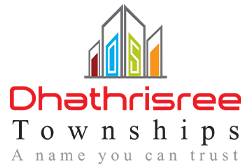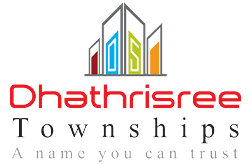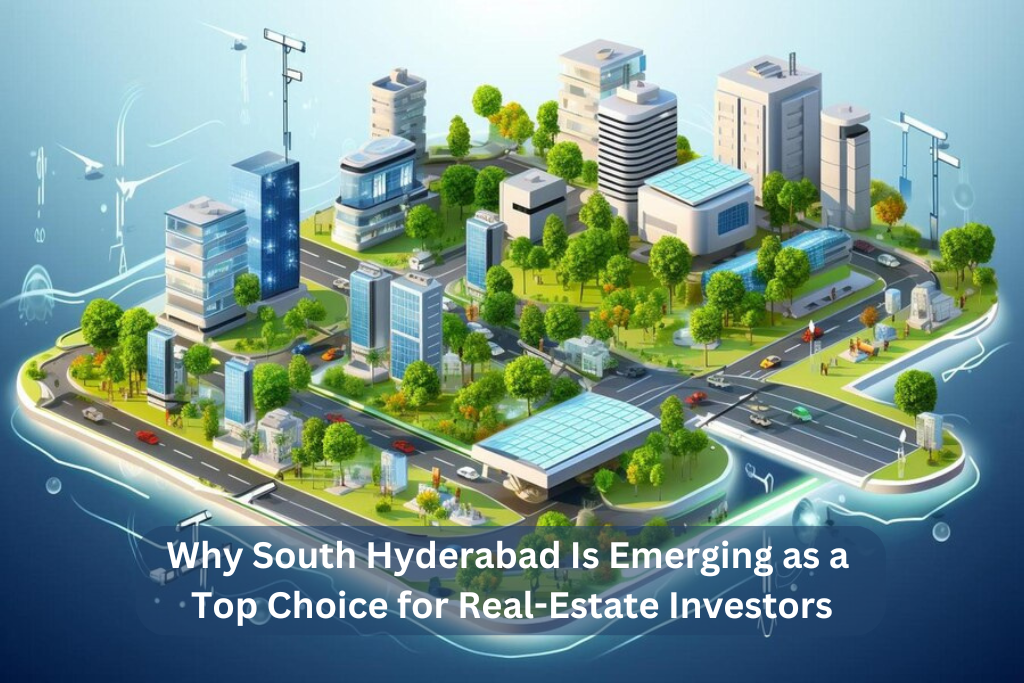Hyderabad has ascended to become India’s second-largest and most expensive real-estate market among the country’s top metropolitan cities—Mumbai, New Delhi, Hyderabad, Chennai, Kolkata, Pune, Bengaluru, and Ahmedabad. Currently, the average residential property price in Hyderabad ranges between Rs. 5,700 and Rs. 6,000. Despite these high prices, the city has experienced a significant increase in real-estate sales compared to previous quarters and last year. Most of this growth has been concentrated in the western suburbs of Hyderabad, including Gandipet, Miyapur, Tellapur, Gachibowli, Madhapur, and Kondapur. However, with the market in western Hyderabad reaching saturation and prices climbing, the southern parts of the city are becoming increasingly attractive to investors.
Hyderabad has the lowest inventory oversupply of 25 months among India’s top metros, indicating a robust market with fewer unsold units and healthy growth prospects. This is supported by developers and banks offering low-interest loans to facilitate property purchases. The commercial real-estate sector in Hyderabad has also seen rising sales and prices over the past quarter, primarily driven by developments in the western parts of the city. As development expands southwards, improved connectivity and upcoming commercial projects are expected to establish South Hyderabad as a promising new real-estate hotspot.
Factors Driving Growth in South Hyderabad
ITIR Development
Following the operational launch of Rajiv Gandhi International Airport (RGIA) in 2008, the Central Government of India initiated the creation of Information Technology Investment Regions (ITIRs) across the country. For Hyderabad, five zones were designated, with Zone 2 focused on South Hyderabad. This zone is being developed into Special Economic Zones (SEZs) and includes areas like Hardware Park and Fab City.
Zone 2 spans 19,575 acres, with 9,500 acres allocated for IT, ITeS, and EHM units, while the rest is designated for residential, retail, institutional, and social development. The processing area will feature both Greenfield (new development) and Brownfield (upgrading existing sites) projects. Specifically, 385 acres are earmarked for Brownfield development, and 9,115 acres for Greenfield development, including 6,550 acres for hardware and 2,565 acres for IT and software.
The ITIR initiative is a significant driver for South Hyderabad’s growth, and it is anticipated that the region’s development will soon outpace the western parts of the city due to lower land costs and a larger availability of space.
Infrastructure Improvements
To support growth in southern Hyderabad, the Telangana government is constructing 120-feet wide roads around the RGIA and Maheshwaram areas, complemented by 30-feet wide service roads. Plans are also underway to widen village roads and transform arterial roads into 6-lane and sub-arterial roads into 4-lane roads, enhancing connectivity and future-proofing the area.
MMTS and Metro Rail Extensions
Hyderabad’s Multi-Modal Transport System (MMTS), which connects key city areas, will be extended to the RGIA, improving access to South Hyderabad. Additionally, the Hyderabad Metro Rail expansion plans include extending services to the RGIA, further enhancing connectivity for South Hyderabad residents.
Highway Upgrades
The Telangana government plans to upgrade the Sirsailam Highway (NH 765) and Nagarjuna Sagar Highway (NH 565) to 4-lane roads, with a budget of Rs. 180-Rs. 200 crores. There is also potential for further expansion to 6 lanes if necessary.
These developments are set to drive substantial growth in South Hyderabad, making it an increasingly attractive option for savvy investors.


